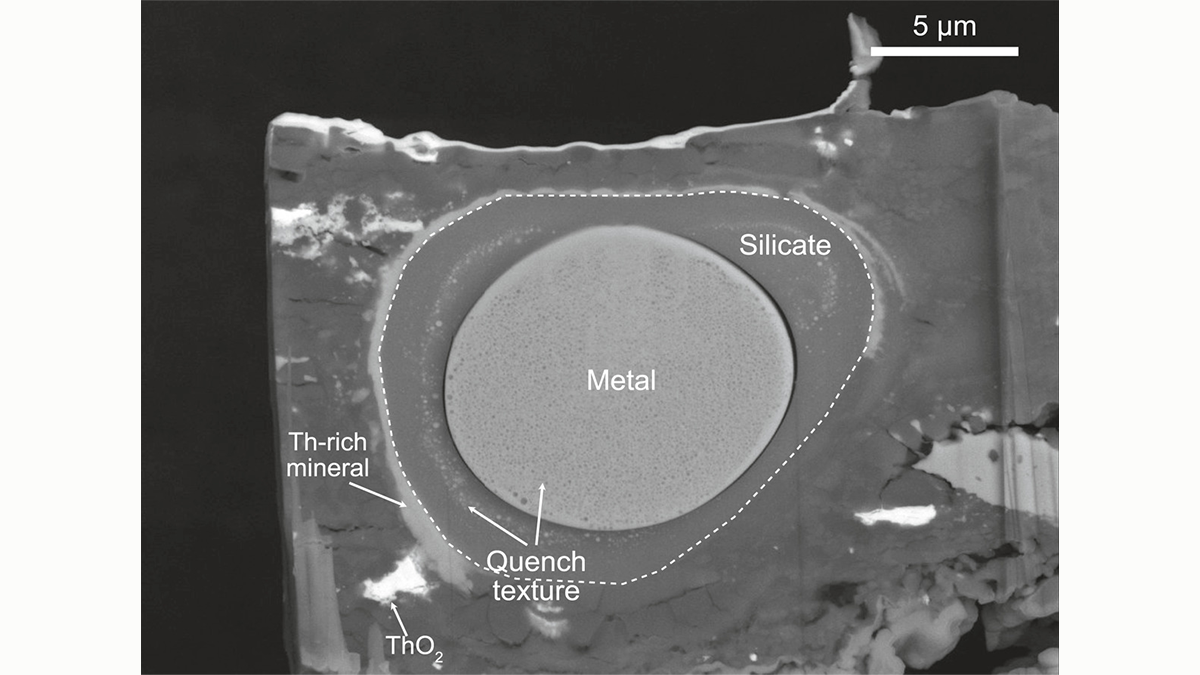Editors’ Highlights are summaries of recent papers by AGU’s journal editors.
Source: Geochemistry, Geophysics, Geosystems
What process produced Earth’s early magnetic field? The energy source that drives the dynamo today comes from crystallization of the inner core. But the inner core is a relatively recent feature of Earth’s interior, having nucleated perhaps 1 billion years ago, whereas the magnetic field is at least 3.8 billion years old. The Earth probably started out much hotter than it is today, and these high temperatures could have led to the incorporation of lithophile elements into the core. As the core cools, it releases these lithophile elements and along with them energy that can be used to drive the early dynamo. However, Chidester et al. [2022] show that this mechanism does not work.
The amount of lithophile elements that can be partitioned into the core and the rate at which they exsolve on cooling is not sufficient. The authors also find that the light element in the core today is probably not sulfur, as had long been suspected, and oxygen and silicon are more likely candidates. These results deepen our understanding of chemical interaction across the lithophile-siderophile divide that is breached by the high temperatures of accretion.
Citation: Chidester, B. A., Lock, S. J., Swadba, K. E., Rahman, Z., Righter, K., & Campbell, A. J. (2022). The lithophile element budget of Earth’s core. Geochemistry, Geophysics, Geosystems, 23, e2021GC009986. https://doi.org/10.1029/2021GC009986
—Carolina Lithgow-Bertelloni, Editor, Geochemistry, Geophysics, Geosystems

